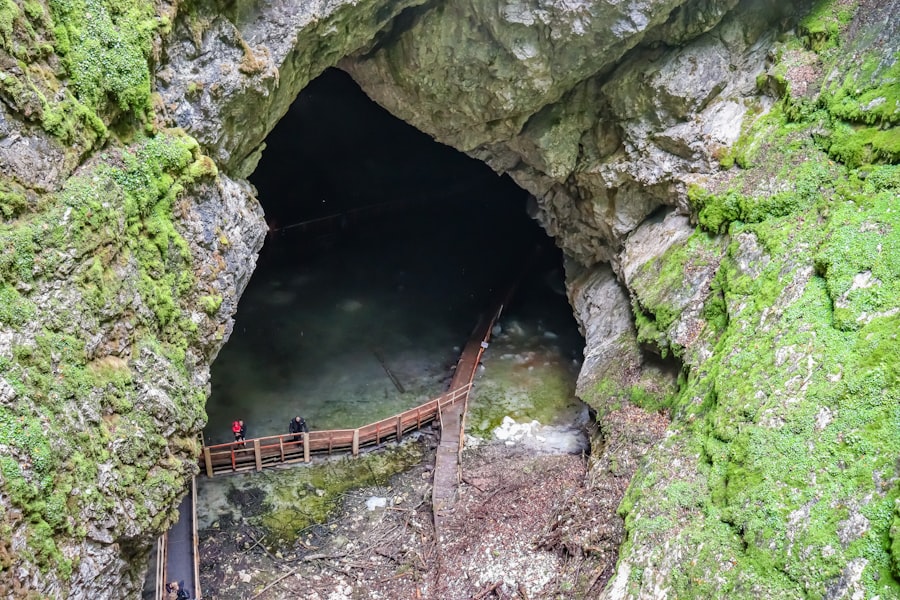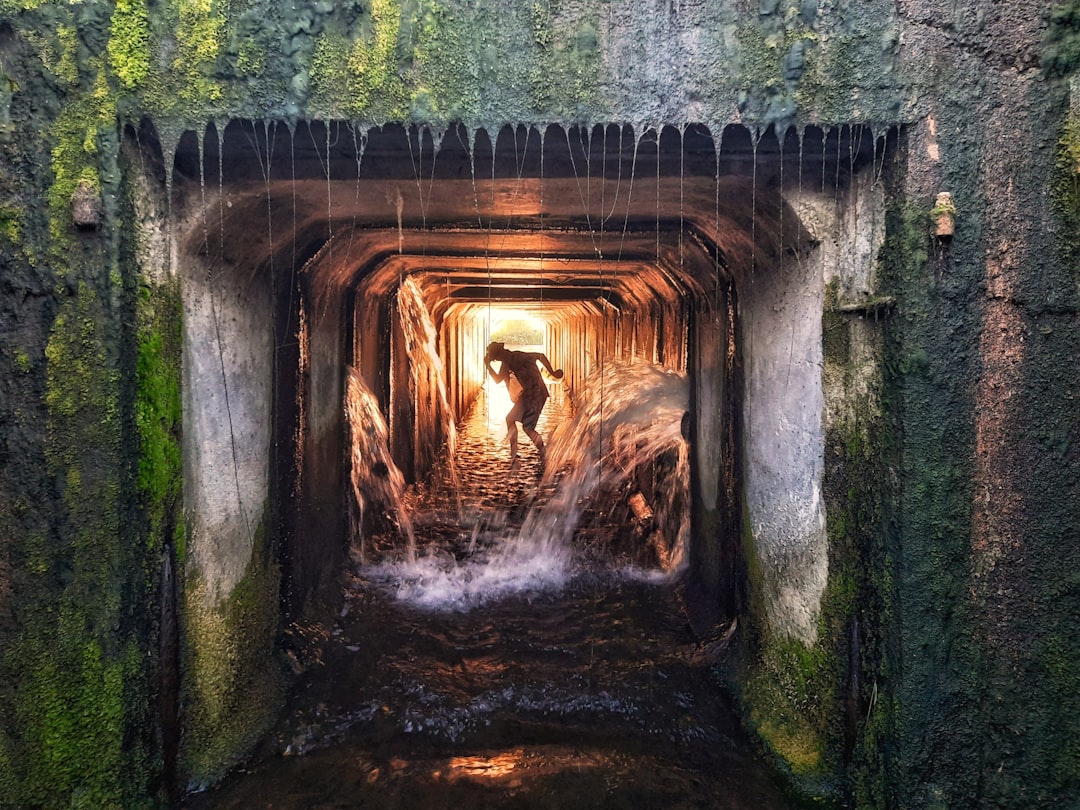The Drake Passage, a body of water that separates South America from Antarctica, is renowned for its tumultuous seas and breathtaking vistas. Named after the English explorer Sir Francis Drake, who navigated these waters in the late 16th century, the passage has become a significant route for maritime travel, particularly for those venturing to the Antarctic region. Stretching approximately 600 kilometers (370 miles) between Cape Horn and the Antarctic Peninsula, the Drake Passage is not only a geographical marvel but also a critical ecological zone that plays a vital role in global ocean currents.
For adventurers and researchers alike, the Drake Passage represents both a challenge and an opportunity. The waters are often characterized by their unpredictable nature, with waves that can reach staggering heights. Despite its reputation for rough seas, the passage is a gateway to one of the most pristine environments on Earth.
Travelers who brave the crossing are often rewarded with stunning views of icebergs, diverse wildlife, and the chance to witness the raw beauty of nature in its most unspoiled form. As such, the Drake Passage serves as a crucial link between two worlds: the vibrant ecosystems of South America and the icy wilderness of Antarctica.
Key Takeaways
- Drake Passage is a treacherous body of water located between the southern tip of South America and the northern tip of Antarctica, known for its unpredictable weather and rough seas.
- Weather and sea conditions in the Drake Passage can change rapidly, with strong winds and high waves being common, making it important for travelers to be prepared for motion sickness and rough sailing.
- Wildlife sightings in the Drake Passage are abundant, with opportunities to see various species of seabirds, whales, and seals, making it a popular destination for nature enthusiasts and wildlife photographers.
- Navigation and safety are top priorities for vessels crossing the Drake Passage, with experienced captains and crew members ensuring the safety of passengers and the ship in challenging conditions.
- Iceberg and glacier sightings are common in the Drake Passage, offering passengers breathtaking views of these natural wonders and the opportunity to witness the effects of climate change firsthand.
Weather and Sea Conditions
The weather in the Drake Passage is notoriously volatile, with conditions that can change rapidly and without warning. This unpredictability is largely due to the confluence of cold polar air and warmer air masses from the south, creating a unique microclimate that can lead to sudden storms and high winds. Travelers should be prepared for a range of weather conditions, from calm and sunny days to fierce gales and heavy rain.
The average temperature in the region hovers around freezing, but it can feel much colder due to wind chill factors. Sea conditions in the Drake Passage are equally variable. The waters are known for their strong currents and swells, which can create challenging navigation scenarios for vessels.
This unpredictability makes it essential for travelers to stay informed about weather forecasts and sea conditions before embarking on their journey. Many cruise operators provide real-time updates to ensure passengers are aware of any potential challenges they may face during their crossing.
Wildlife Sightings

One of the most captivating aspects of traversing the Drake Passage is the opportunity to observe an array of wildlife that thrives in this unique environment.
Birdwatchers will be delighted by sightings of albatrosses, petrels, and skuas soaring gracefully above the waves.
These magnificent birds are often seen gliding effortlessly on the wind currents, making them a highlight for many travelers. Marine mammals are also prevalent in the Drake Passage. Humpback whales, orcas, and minke whales frequently make appearances during crossings, providing unforgettable moments for those lucky enough to spot them.
The sight of a whale breaching or a seal lounging on an iceberg is a reminder of the rich biodiversity that exists in these frigid waters. For nature enthusiasts and photographers alike, the wildlife encounters in the Drake Passage offer a glimpse into the delicate balance of life in one of the planet’s most remote regions.
Navigation and Safety
| Category | Metrics |
|---|---|
| Navigation | GPS accuracy |
| Navigation | Route deviation |
| Safety | Incident reports |
| Safety | Emergency response time |
Navigating the Drake Passage requires skill and expertise due to its challenging conditions. Experienced captains and crew members are essential for ensuring safe passage through these unpredictable waters. Modern vessels are equipped with advanced navigation technology that aids in charting courses and avoiding hazardous areas.
However, even with state-of-the-art equipment, there remains an element of unpredictability that demands constant vigilance. Safety protocols are paramount when traversing the Drake Passage. Cruise operators typically conduct thorough safety briefings before departure, educating passengers on emergency procedures and safety equipment available on board.
Life jackets, lifeboats, and communication devices are standard safety features on vessels operating in this region. Additionally, many operators have contingency plans in place to address potential emergencies, ensuring that passengers can travel with peace of mind while enjoying their adventure.
Iceberg and Glacier Sightings
The Drake Passage is not only known for its turbulent waters but also for its stunning ice formations that captivate travelers’ imaginations. Icebergs of various shapes and sizes drift through these waters, each one a testament to the power of nature’s forces. The sight of a massive iceberg glistening in the sunlight is a breathtaking experience that leaves an indelible mark on those fortunate enough to witness it.
Glaciers also play a significant role in the landscape surrounding the Drake Passage. As travelers approach Antarctica, they are often greeted by towering glaciers that cascade down mountainsides into the sea. These majestic formations are not only visually striking but also serve as indicators of climate change and environmental shifts.
Observing glaciers calving—when chunks of ice break off and crash into the water—provides insight into the dynamic processes shaping this remote region.
Historical and Scientific Significance

The historical significance of the Drake Passage cannot be overstated. It has long been a route for explorers seeking to uncover the mysteries of Antarctica and its surrounding waters. Sir Francis Drake’s voyages paved the way for future expeditions, leading to increased interest in polar exploration during the Age of Discovery.
Today, researchers continue to study this area for its unique geological features and its role in global climate patterns. From a scientific perspective, the Drake Passage is a vital area for understanding oceanography and marine ecosystems. The mixing of cold and warm waters creates nutrient-rich environments that support diverse marine life.
Scientists conduct research expeditions in this region to monitor changes in ocean temperatures, currents, and wildlife populations. The data collected from these studies contribute to broader efforts aimed at understanding climate change and its impact on our planet.
Travel Tips and Recommendations
For those planning to cross the Drake Passage, preparation is key to ensuring an enjoyable experience. Travelers should book their trips well in advance, as demand for voyages to Antarctica continues to grow. Researching different cruise operators can help individuals find one that aligns with their preferences regarding amenities, itineraries, and onboard activities.
Packing appropriately is crucial for comfort during the journey. Layered clothing is recommended due to fluctuating temperatures both on board and during excursions. Waterproof outer layers are essential for protection against wind and rain while exploring the region’s stunning landscapes.
Additionally, travelers should consider bringing binoculars for wildlife watching and cameras to capture unforgettable moments.
Potential Delays and Cancellations
Travelers should be aware that crossing the Drake Passage can sometimes lead to delays or cancellations due to adverse weather conditions or rough seas. While cruise operators strive to maintain schedules, safety remains their top priority. Passengers should remain flexible with their travel plans and be prepared for potential changes in itineraries.
In some cases, alternative routes may be offered if conditions in the Drake Passage become too hazardous for navigation. Communication from cruise operators is typically prompt regarding any changes or delays, allowing travelers to adjust their expectations accordingly. Understanding that these factors are part of the adventure can help mitigate disappointment.
Packing and Dress Code
When preparing for a journey across the Drake Passage, packing wisely is essential for comfort and enjoyment. Travelers should prioritize functional clothing that can withstand cold temperatures and wet conditions. Insulated jackets, thermal layers, waterproof pants, and sturdy footwear are recommended staples for any traveler venturing into this frigid environment.
Accessories such as gloves, hats, and scarves are also important for maintaining warmth during excursions on deck or while exploring ice formations on land. Additionally, sunscreen and sunglasses should not be overlooked; even in cold climates, UV rays can be intense when reflected off ice and water surfaces. By packing thoughtfully, travelers can ensure they are well-equipped to embrace all that this remarkable journey has to offer.
Activities and Excursions
The journey across the Drake Passage is not just about reaching Antarctica; it also offers numerous activities and excursions that enhance the overall experience. Many cruise operators provide opportunities for guided shore landings where passengers can explore remote islands or visit research stations staffed by scientists studying this unique environment. Kayaking among icebergs or participating in zodiac excursions allows travelers to get up close to wildlife while enjoying breathtaking views of glaciers and ice formations.
Photography workshops may also be available for those looking to capture stunning images of their surroundings. These activities not only enrich travelers’ experiences but also foster a deeper appreciation for the natural beauty found within this extraordinary region.
Conclusion and Final Thoughts
In conclusion, crossing the Drake Passage is an adventure filled with challenges and rewards that beckons travelers from around the globe. Its unpredictable weather patterns, diverse wildlife sightings, stunning ice formations, and rich historical significance make it a unique destination worth exploring. While navigating these waters requires careful planning and preparation, those who embark on this journey often find themselves transformed by their experiences.
As travelers reflect on their time spent crossing this iconic passage, they carry with them memories of breathtaking landscapes, encounters with wildlife, and a newfound appreciation for one of Earth’s last frontiers. The Drake Passage serves as both a physical barrier between continents and a bridge connecting adventurers with nature’s raw beauty—a testament to the enduring allure of exploration in our ever-changing world.
As of now, the Drake Passage is experiencing its typical challenging conditions, characterized by strong winds and turbulent seas, which are common in this region due to the confluence of the Atlantic and Pacific Oceans. For those interested in understanding more about the current weather patterns and navigational challenges in the Drake Passage, a related article can be found on MyGeoQuest. This article provides insights into the dynamic environmental conditions that sailors and researchers face when traversing this notorious stretch of water. You can read more about it by visiting this link.
WATCH NOW! Drake Passage: Earth’s Deadliest Waters Revealed
FAQs
What are the current weather conditions in the Drake Passage?
The current weather conditions in the Drake Passage are highly variable and can change rapidly. It is known for its strong winds, rough seas, and challenging sailing conditions.
What is the average temperature in the Drake Passage right now?
The average temperature in the Drake Passage right now is around 2-4°C (35-39°F). However, temperatures can drop significantly during storms or cold fronts.
Are there any storms or extreme weather events in the Drake Passage at the moment?
The Drake Passage is known for its frequent storms and extreme weather events. It is advisable to check with local authorities or maritime agencies for the latest updates on weather conditions before planning any travel through the area.
What are the sea conditions like in the Drake Passage currently?
The sea conditions in the Drake Passage are typically rough with large swells and high waves. It is considered one of the most challenging and unpredictable maritime routes in the world.
Are there any travel advisories or warnings for the Drake Passage right now?
Travel advisories and warnings for the Drake Passage can change frequently due to the unpredictable nature of the weather and sea conditions. It is recommended to consult with experienced maritime authorities or travel agencies for the latest information before embarking on any journey through the area.
